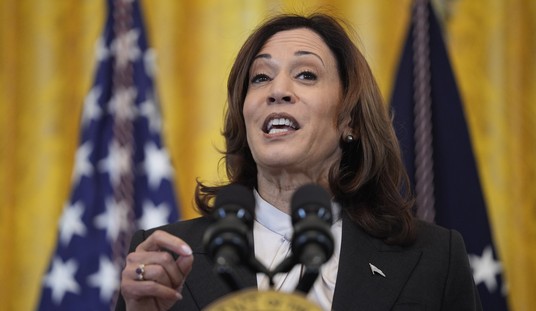On Wednesday, tens of thousands of employees in the Los Angeles Unified School District, the second-largest in the country, entered the second day of a strike, forcing hundreds of campuses to close and cancel classes for over 400,000 students.
As Matt covered yesterday, the Service Employees International Union, Local 99 represents 30,000 support workers in the LAUSD, including bus drivers, cafeteria workers, special education assistants and gardeners. The union is seeking a 30 percent pay increase, claiming that many employees make “a little more than the minimum wage” and can’t afford the cost of living in California. The Los Angeles teachers’ union reportedly asked its 35,000 members to walk out in solidarity.
NOW: Los Angeles teachers, bus drivers, janitors and more rally outside LAUSD headquarters on first day of strike. SEIU 99’s executive director told me this morning they did not have plans to mediate with the district. We have not heard from Superintendent Alberto Carvalho today. pic.twitter.com/RFNeqV1ypE
— Kate Cagle (@KateCagle) March 21, 2023
LAUSD Superintendent Alberto Carvalho first shared a statement about the strike on Twitter on Monday evening.
“We do not need to debate or litigate the fact that during the pandemic, kids lost a lot of ground,” he wrote. “Reading and math proficiency were hit especially hard, particularly kids who are English language learners, students in poverty and students with disabilities. They cannot afford to be out of school and that is why I am appealing directly to the union leadership to engage and negotiate in good faith and find a solution that addresses the needs of all, including our students.”
Reportedly, Carvalho’s counter proposal from the school district included a 23 percent recurring increase and 3 percent cash-in-hand bonus. The teachers union in Los Angeles previously went on strike in 2019.
Recommended
The New York Times noted that the strike will last three days this week, impacting hundreds of thousands of students. During the strike, families are able to pick up six grab-and-go meals for each student to cover breakfast and lunch for three days. Students will also have access to material online and on-demand tutoring.
In total, the school district serves over a half a million students. Townhall previously covered how absenteeism has been a problem plaguing the district since the pandemic. On the first day of the 2022-2023 school year, as many as 50,000 students in the district were absent.
Freedom Foundation CEO Aaron Withe called the strike “unconscionable” and pointed out that hundreds of thousands of teachers have quit teachers’ unions since the onset of the pandemic.
“More than 140,000 teachers have quit the national teachers’ unions since the COVID shutdowns began and it’s easy to see why – they’re sick of the teachers’ unions politicizing the classrooms – and the LA teachers strike is another example of teachers’ unions putting politics before kids. When LA parents were desperate to get their kids back in the classroom, UTLA president Cecily Myart-Cruz famously said, ‘It’s okay that our babies may not have learned all their times tables. They learned resilience.’ After seeing what the COVID school shutdowns have done to our kids, it’s unconscionable that this same teachers union president is calling another strike because she wants green schools and a focus on emotional learning,” Withe said.
Strikes began in several parts of the country last fall ahead of the 2022-2023 school year over issues like air conditioning and teacher salaries. All this, though the federal government allocated billions of dollars throughout the pandemic for schools to rectify these issues, which Townhall covered. And, children suffered historic learning loss during lockdowns where they missed out on months of in-person learning, which Leah covered in September. According to the National Assessment of Educational Progress, math and reading scores among 9-year-olds fell across all race and income levels in the past two years, though they were significantly worse among low-ranking students. In other words, students who were falling behind in school before the pandemic were now behind even more. Students in the 90th percentile showed a 3 percent drop in math scores, while students in the 10th percentile fell 12 points. Average 9-year-old scores declined the most on record for math (seven points) and in reading since 1990 (five points).
In response to the numbers, National Center for Education Statistics Commissioner Peggy Carr said that “school shootings, violence, and classroom disruptions are up, as are teacher and staff vacancies, absenteeism, cyberbullying, and students’ use of mental health services,” in response to the numbers. She did not acknowledge how students not attending in-person school at all contributed to the learning loss.
In September, a separate report showed that the LAUSD saw “sharp drop-offs in proficiency among students in nearly all grade levels in English and math.”
According to the preliminary Smarter Balanced Assessments, the percent of LAUSD students meeting or exceeding state standards in English dropped by about two percentage points compared to the pre-pandemic 2018-19 year — falling from 43.9% to 41.7%. In math, the drop was steeper, falling by five percentage points from 33.5% to 28.5%.
In response to the figures, Carvalho said that “there is no substitute for in-person instruction.”


